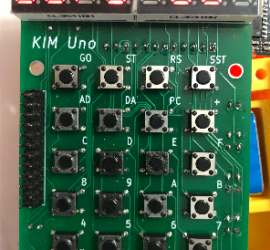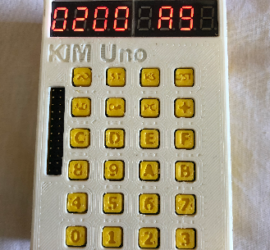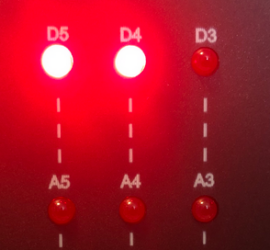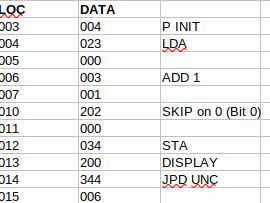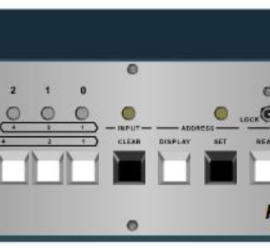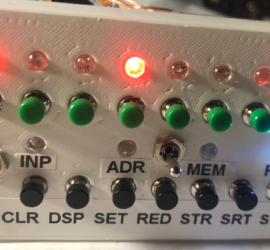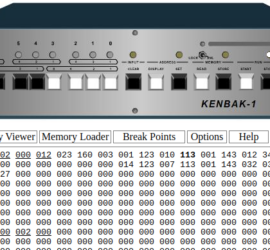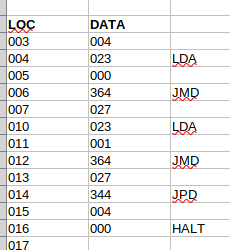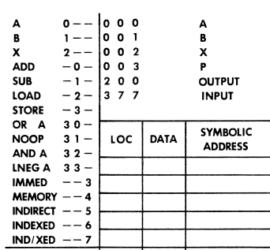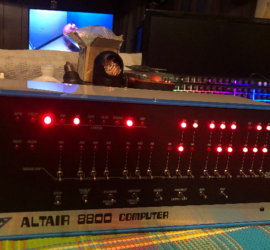Kim-1 (UNO) SCANDS Routine
Introduction to the Kim-1 (UNO) SCANDS Routine The Kim-1 (UNO) SCANDS Routine is built into the Kim-1. This allows you to display data on the 6-Segment LED display. Basically, this just takes data from $FB, $FA, and $F9. We simply use the JSR instruction to jump to the subroutine at Read More »

